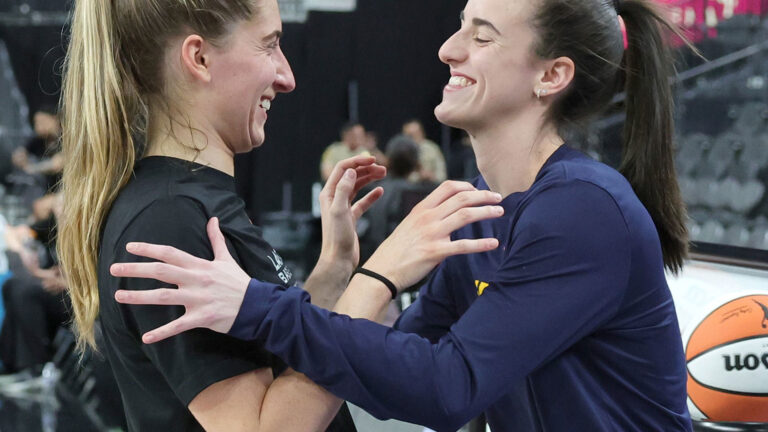Why Caitlin Clark, a star for the Indiana Fever, doesn’t play in 3×3 leagues or abroad during the offseason.
Caitlin Clark, the standout guard for the Indiana Fever, has quickly established herself as one of the premier talents in women’s basketball. With her exceptional skills and game intelligence, she draws attention not just for her performances in the WNBA but also for her decision-making during the offseason. Unlike some players who choose to participate in 3×3 leagues or play abroad during this time, Clark has opted for a different approach, prioritizing her health, development, and long-term career goals.
### Focus on Health and Recovery
One of the primary reasons Clark does not engage in offseason leagues is the emphasis on health and recovery. The WNBA season can be grueling, and players often face physical and mental fatigue by its end. For Clark, taking time off allows her body to recuperate and reduce the risk of injury. The rigorous demands of high-level basketball mean that maintaining peak physical condition is essential. By avoiding the intense schedule of 3×3 leagues or overseas play, she can focus on rest and recovery, ensuring she is ready to compete at her best when the next season starts.
### Skill Development
While playing in 3×3 leagues or abroad can provide valuable experience, Clark has shown a commitment to honing her skills in other ways. The offseason can be a crucial time for players to refine their game, focusing on specific areas that need improvement. For Clark, this means working closely with coaches, trainers, and performance specialists. Rather than competing in various leagues, she utilizes this time for targeted workouts, film study, and skill development. This approach allows her to return to the WNBA with a more polished game, incorporating new techniques and strategies that can give her a competitive edge.
### Personal and Professional Goals
Caitlin Clark’s decision to forgo offseason play is also tied to her personal and professional aspirations. As a young player, she has the potential to shape the future of women’s basketball. By concentrating on her development, she is positioning herself as a leader not just on her team, but in the league. This commitment to excellence aligns with her goals of becoming one of the top players in the game. In a landscape where many female athletes juggle multiple commitments, Clark’s focus on her core game reflects a strategic approach to her career.
### Managing Time and Responsibilities
Another consideration is the management of time and responsibilities. The life of a professional athlete can be overwhelming, and offseason commitments can easily lead to burnout. For Clark, taking time away from competitive play allows her to recharge emotionally and mentally. It also provides an opportunity to engage with her community, participate in charitable activities, and spend time with family and friends. Balancing professional demands with personal life is vital for sustained success, and by prioritizing this balance, Clark sets a strong example for aspiring athletes.
### The Changing Landscape of Women’s Basketball
The landscape of women’s basketball is evolving, with increased visibility and opportunities for players. While many athletes see value in playing overseas or in 3×3 formats, Clark’s choices reflect a nuanced understanding of her position and potential within the league. As women’s basketball gains popularity, players like Clark have more resources and support systems to help them develop their skills without necessarily seeking additional competition abroad. This shift emphasizes the importance of quality training over quantity of games.
### Building a Brand and Legacy
In today’s sports environment, athletes are not just players; they are brands. Clark is aware of the significance of her image and the impact it can have on her career trajectory. By focusing on her performance in the WNBA and maintaining a strong presence on social media, she can cultivate a following that enhances her brand. Engaging with fans and sharing her journey allows her to connect with a wider audience, which can be beneficial for future sponsorships and endorsements.
### Conclusion
Caitlin Clark’s decision not to participate in 3×3 leagues or play abroad during the offseason is a testament to her commitment to her health, skill development, and career goals. By prioritizing recovery, honing her skills, and balancing her personal life, she positions herself not only as a top player in the WNBA but also as a role model for future generations. As women’s basketball continues to grow, athletes like Clark demonstrate that success is not just about competing frequently, but about making strategic choices that lead to long-term achievements in the sport.


